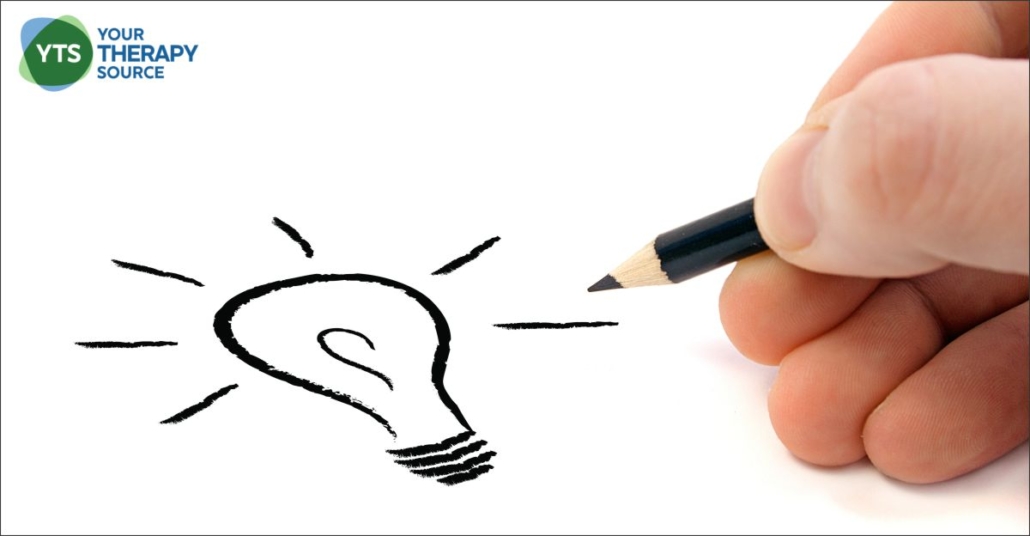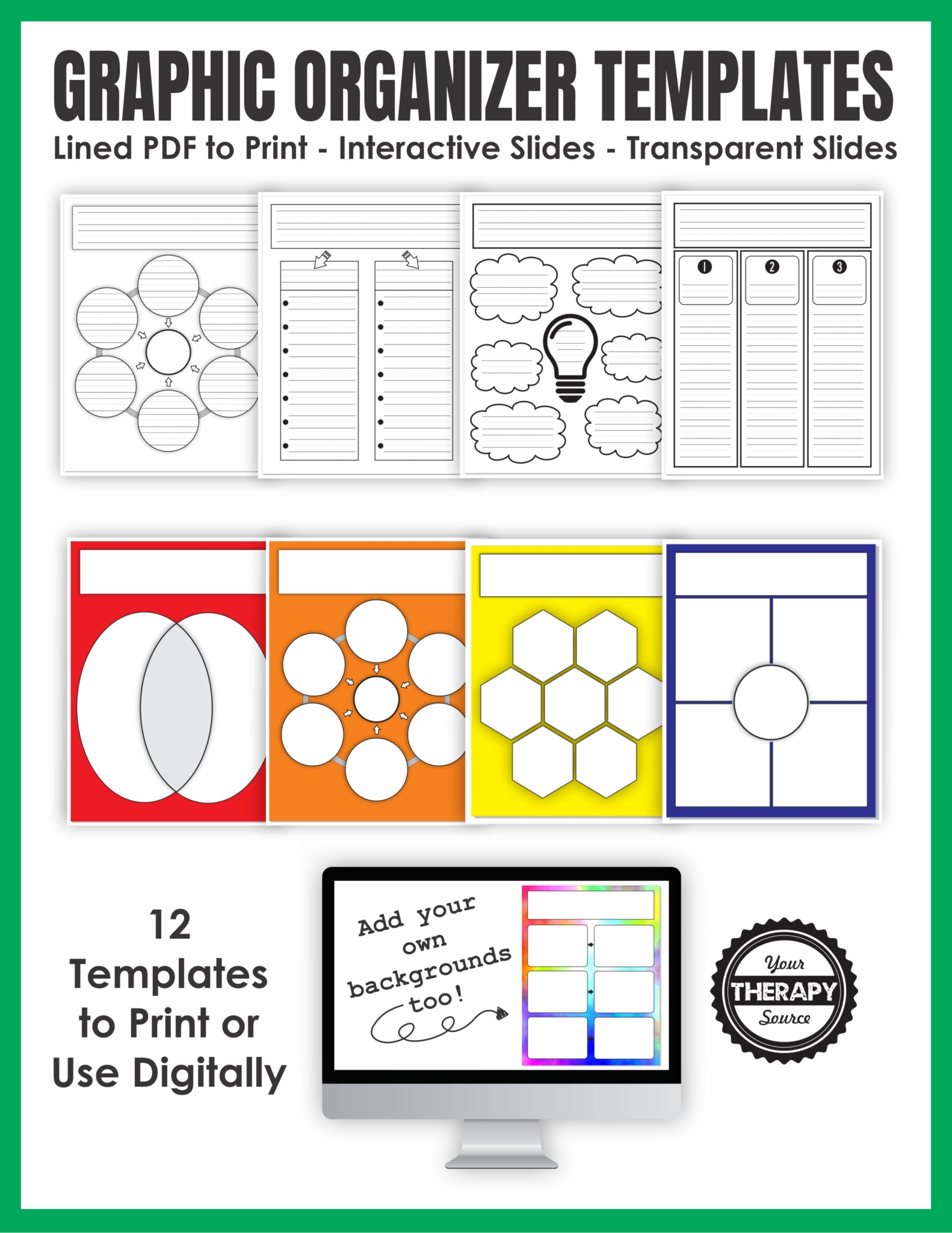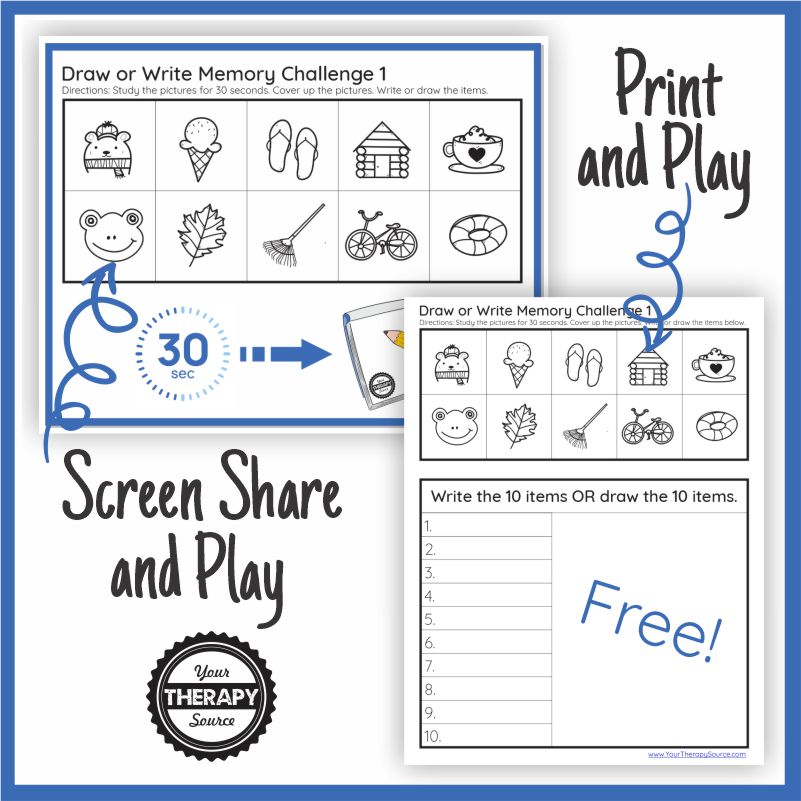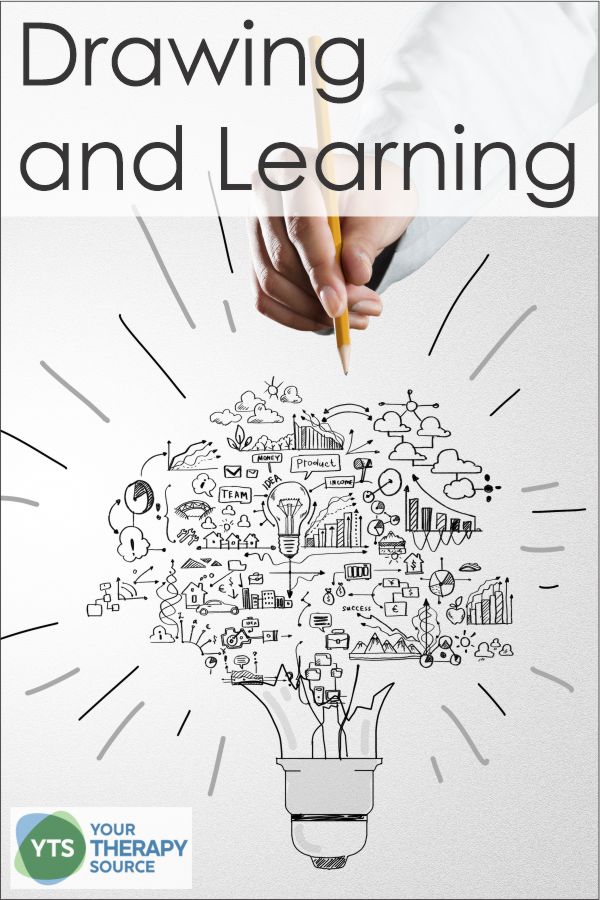Drawing and Learning

Did you know that research shows that drawing when learning can boost memory recall? Sometimes when we think of ways to help students with their memory we focus on strategies such as:
- repeating and rehearsing
- note taking
- reading out loud
- enactment (associate the information with an action)
These strategies are evidence based but it is not always realistic that students can use them in a large classrooms. Have you ever considered drawing to help with learning new material?
Research on Drawing and Learning
Previous research indicates that images are easier to remember than words. Other research indicates that reproducing drawings to help with memory is beneficial. A recent study examined whether drawing to-be-learned information enhanced memory and found it to be a reliable, replicable means of boosting performance.
The researchers determined that when prompted to draw or write to remember images, words drawn relative to written at encoding were better recalled, even when trialed in a group of 10 to 30 participants. They concluded that drawing was an effective and reliable encoding strategy, far superior to writing.
In another study, participants were given 20 terms and prompted to either draw a picture representing a given definition or write it verbatim, with trial types intermixed. The results indicated that transcription as a note-taking method to retain newly learned information was not the most effective practice and that creating drawings of information was a more effective strategy.
The experiments on drawing and learning suggest that drawing improves memory by providing vivid contextual information that can later be called on to help with memory retrieval.
Strategies to Try in the Classroom
Drawing information involves visual motor skills and visual perceptual skills. It is a multisensory way to help your students remember information. Drawing requires your students to encode the memory by adding physical action (the kinesthetic act of drawing), visual memory of the picture, and provides meaning to the topic.
Students can try these drawing and learning strategies to help with memory skills and note taking:
- when listening to information, try drawing images when note taking to support written text.
- try drawing words instead of just writing them.
- try create infographics with written text and drawings to explain information.
- use graphic organizers and draw your ideas.

Graphic Organizer Templates – Print and Digital
- encourage students to write notes in one column and draw images in the other.
- try using the Cornell Note Taking System with drawings too! This system helps students to take effective, organized notes and study the material. The Cornell method was a system created by Walter Pauk, an education professor at Cornell University, to provide students with a systematic format for condensing and organizing notes.
When drawing is added to note taking, it involves more areas of the brain creating a multisensory lesson to help with memory recall.
Reference: Fernandes, M. A., Wammes, J. D., & Meade, M. E. (2018). The surprisingly powerful influence of drawing on memory. Current Directions in Psychological Science, 27(5), 302-308.
Want to Practice a Drawing and Memory Task?

You can download a FREE Writing, Drawing, and Memory Activity Pages here. Thank you for your interest. Sign up to receive the weekly email newsletter and other announcements from Your Therapy Source. You will be redirected to the freebie. If you can not see the sign up box, click on the blue box in the lower right hand corner for help.



